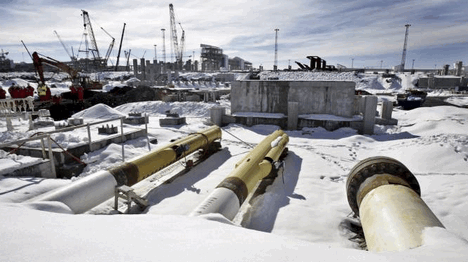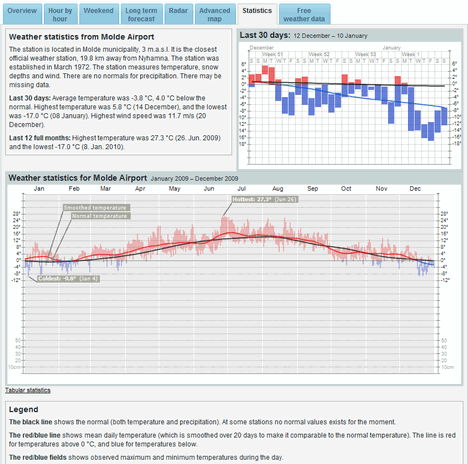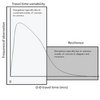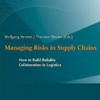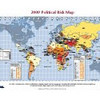 Still thinking about my recent post on the importance of security of supply, I first added salt and grit to the list of critical supplies for the UK. Now you can throw in gas, too. The BBC reports that National Grid has issued its latest “balancing alert” on gas supplies. These alerts are a signal to the market to increase gas supplies, and encourage electricity providers to use alternative fuels such as coal. It comes as low temperatures in the UK continued to drive demand, and as outages at the Norwegian gas facility Nyhamna continues. And what is my role here?
Still thinking about my recent post on the importance of security of supply, I first added salt and grit to the list of critical supplies for the UK. Now you can throw in gas, too. The BBC reports that National Grid has issued its latest “balancing alert” on gas supplies. These alerts are a signal to the market to increase gas supplies, and encourage electricity providers to use alternative fuels such as coal. It comes as low temperatures in the UK continued to drive demand, and as outages at the Norwegian gas facility Nyhamna continues. And what is my role here?
Ormen Lange
As it so happens I live just some 20kms from this gas facility, and while I have no affiliation with it, it is thought-provoking to think that something going wrong right outside my apartment will cause the Big Freeze in the UK to get even worse.
Ormen Lange is the largest natural gas field in development on the Norwegian continental shelf. Here, 24 subsea wellheads in four seabed templates on the ocean floor are connected directly by two 30 inches (762 mm) pipelines to an onshore process terminal at Nyhamna. After processing the gas will be exported by the world’s longest subsea export pipeline – Langeled pipeline – approximately 1,200 kilometres (746 mi) from Nyhamna to Easington in England.
Unusually cold weather has hit big Norwegian gas field Ormen Lange and the Nyhamna gas processing centre, hitting North Sea gas flows from Norway at a time of increased consumption. While normal supplies in the UK are said to last 16 days, this afternoon there were only 6 hours (?) left , according to the Norwegian newspaper Dagbladet.
Let’s hope it’s only scaremongering.
Too cold
I have colleague who works at the facility and he said that much of the facility is frozen solid due to the cold weather, as reported by tu.no. Is that what you would call a design flaw? I mean, when you build something in Norway, you expect it to get cold, don’t you?
That said, it is unusually cold, and according the latest weather statistics the last 30 days have been 4 degrees colder than normal.
It may not sound like a lot, but statistically and averaged over 30 days it means that is is A LOT colder than usual.
Our own fault
According to Pakistan Daily, if that can be quoted as a reliable source, we can blame it on ourselves. It is Norway that plunged the whole Northern hemisphere into winter chaos:
…the high-energy beam fired into the upper heavens from the United States High Frequency Active Auroral Research Program (HAARP) radar facility in Ramfjordmoen, Norway this past month has resulted in a “catastrophic puncturing” of our Plant’s thermosphere thus allowing into the troposphere an “unimpeded thermal inversion” of the exosphere, which is the outermost layer of Earth’s atmosphere…
Right. I think I’ll stick to the official explanation on the weird spiral in the Norwegian skies.
Links
- news.bbc.co.uk: Fresh alert over UK gas supplies
- nationalgrid.com: Gas supplies healthy for UK
- dagbladet.no: Om seks timer kan Storbitannia være tom for gass
- tu.no: Ormen Lange stengt av kulde
- tv2nyhetene.no: Kulda rammer norsk gasseksport
Related
- husdal.com: The security of supply
- husdal.com: No grit no roads no show

